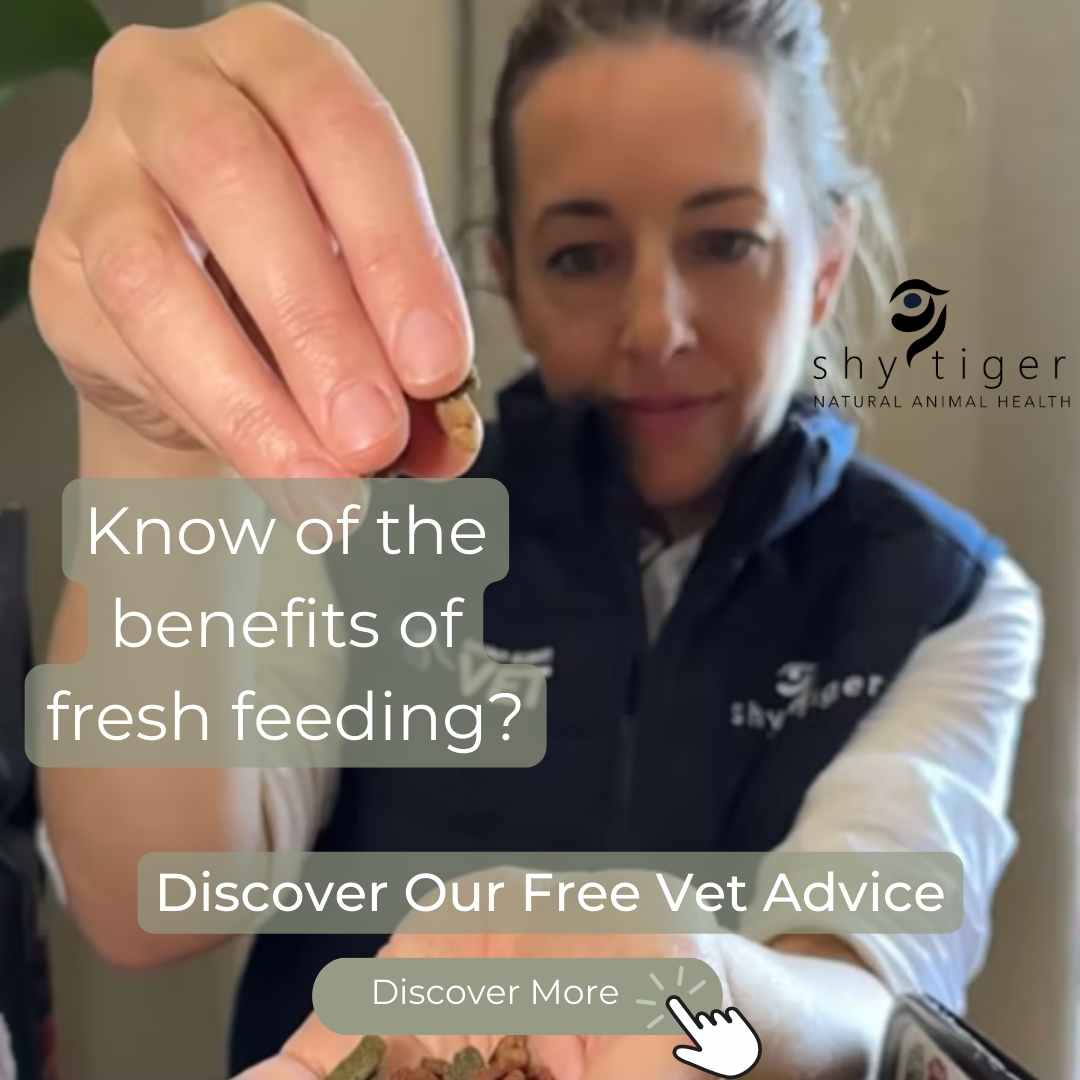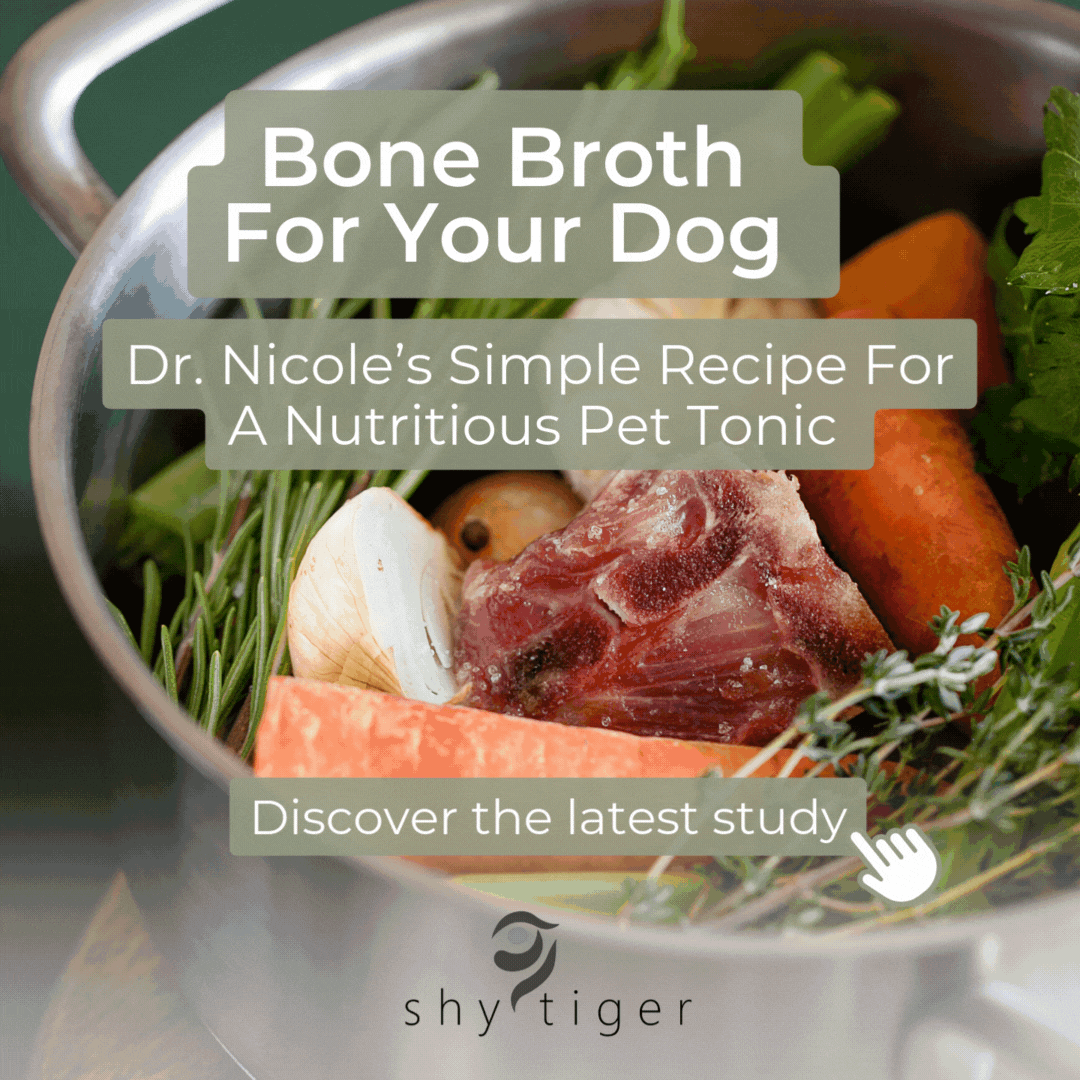Benefits of fresh feeding

As a veterinarian who has been in the field for years, I've seen a significant shift in attitudes towards fresh food feeding for pets. A decade ago, it was a challenge to find a vet who was open to the idea of fresh or raw feeding. Fast forward to today, and the tides are turning. More and more veterinarians are either tolerant or supportive of fresh food feeding. So, what's behind this change? Let's delve into it.
The Resistance to Fresh Feeding: A Historical Perspective

During veterinary school, we undergo thousands of hours of training, focusing mainly on medicine, surgery, and behaviour across species. Nutrition often takes a back seat, and when it is discussed, it's usually in the context of feeding a perfectly balanced diet that meets AAFCO standards. This focus has led many vets, including myself at one point, to graduate with the belief that a balanced kibble diet is the best option for pets. However, this is far from accurate. Source
The Turning Point
For many vets, there comes a moment when the penny drops. For me, it was the birth of my own human children. The idea of feeding them processed food every day and expecting them to be at their healthiest seemed ludicrous. Similarly, many vets begin to question conventional wisdom when they or their loved ones face chronic health conditions. They start exploring dietary changes and complementary therapies, often discovering that food can indeed be the best medicine.
The Benefits of Fresh Feeding
Our understanding of the benefits of fresh feeding is growing, paralleling the knowledge we have about its impact on human health. There are now more opportunities for vets to train in nutrition, with accredited Australian-based courses becoming available. This is a significant step as it moves nutrition to the main stage, allowing vets to offer educated and confident advice to their patients. Source
Practical Advice for Pet Owners
If you're considering fresh feeding, it's crucial to ensure that you're providing a balanced diet that meets AAFCO standards. While it's tempting to throw together some mince, rice, and veggies, this approach is unlikely to meet all your pet's nutritional needs. Balanced meals should generally include muscle meat, organ meat, bone content, vegetables, and oil content. Opting for a premade raw or fresh option can simplify the process, but the key is to find something that suits your budget and lifestyle.
The shift towards fresh food feeding in the veterinary community is a welcome change, offering a more holistic approach to pet health.
To continue to read the full article, click here to go to Big Dog Pet Foods.




Leave a comment